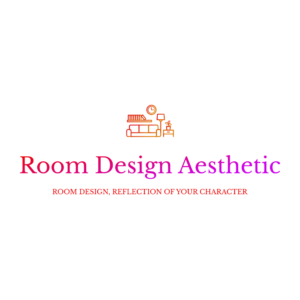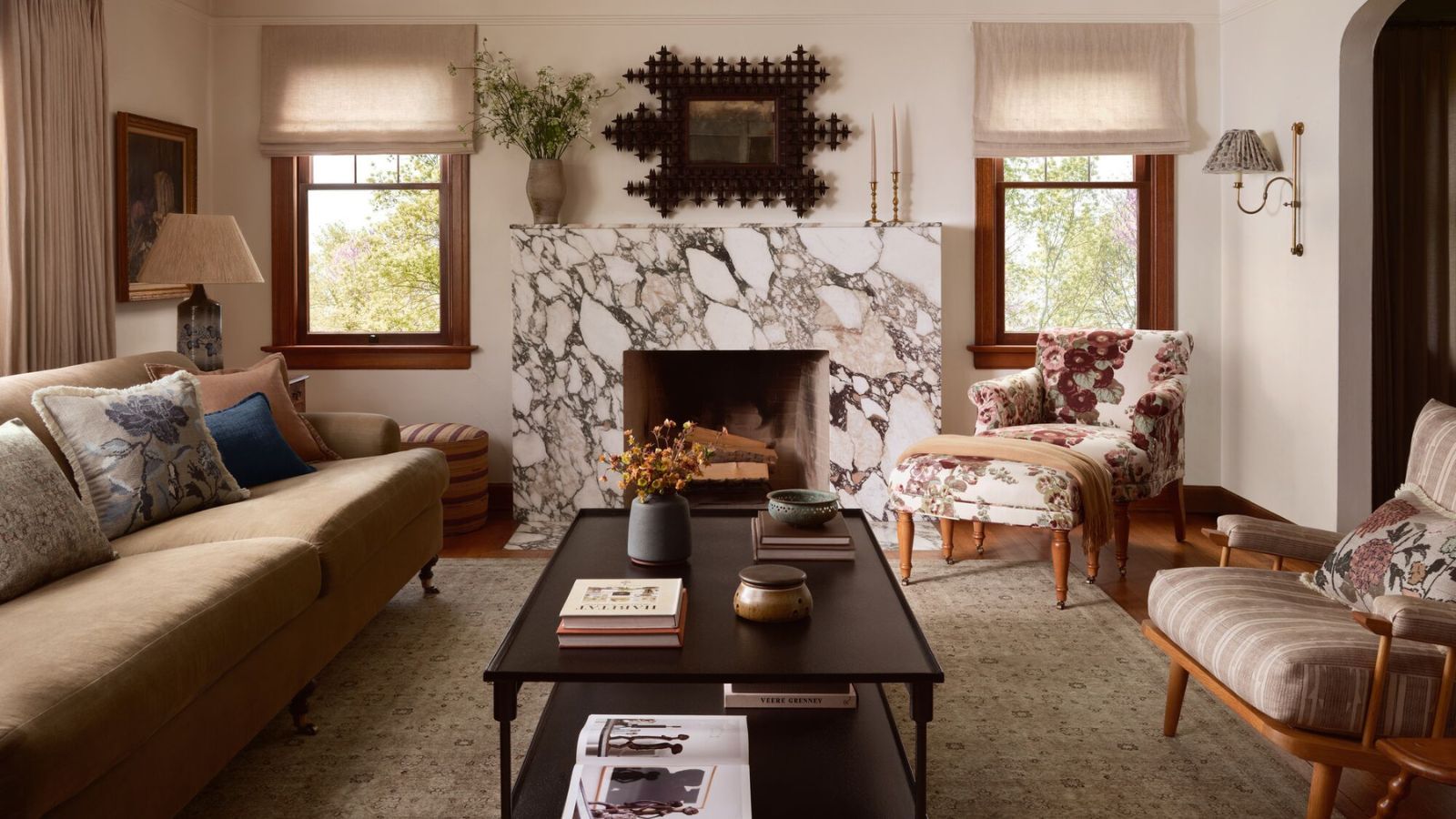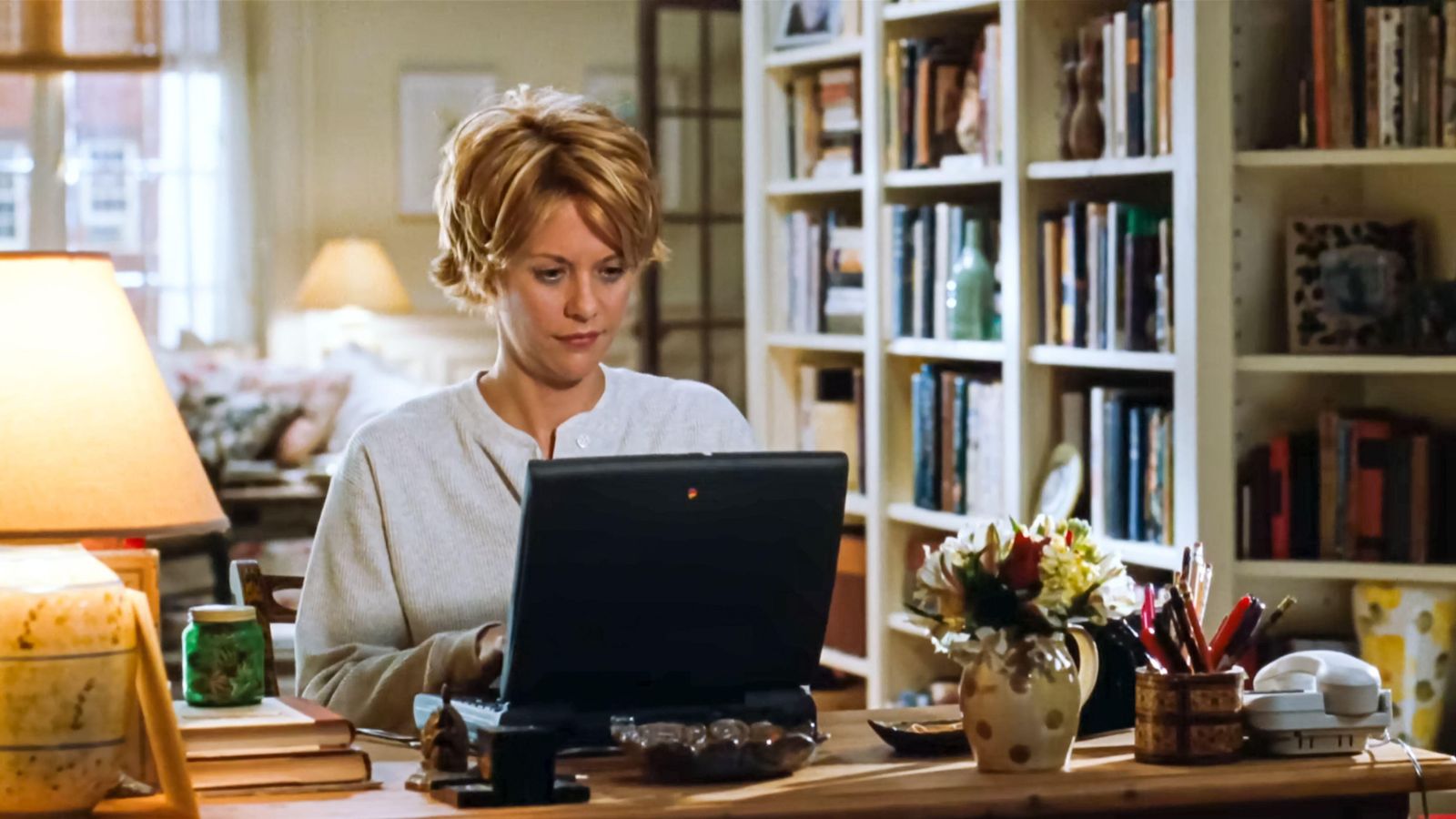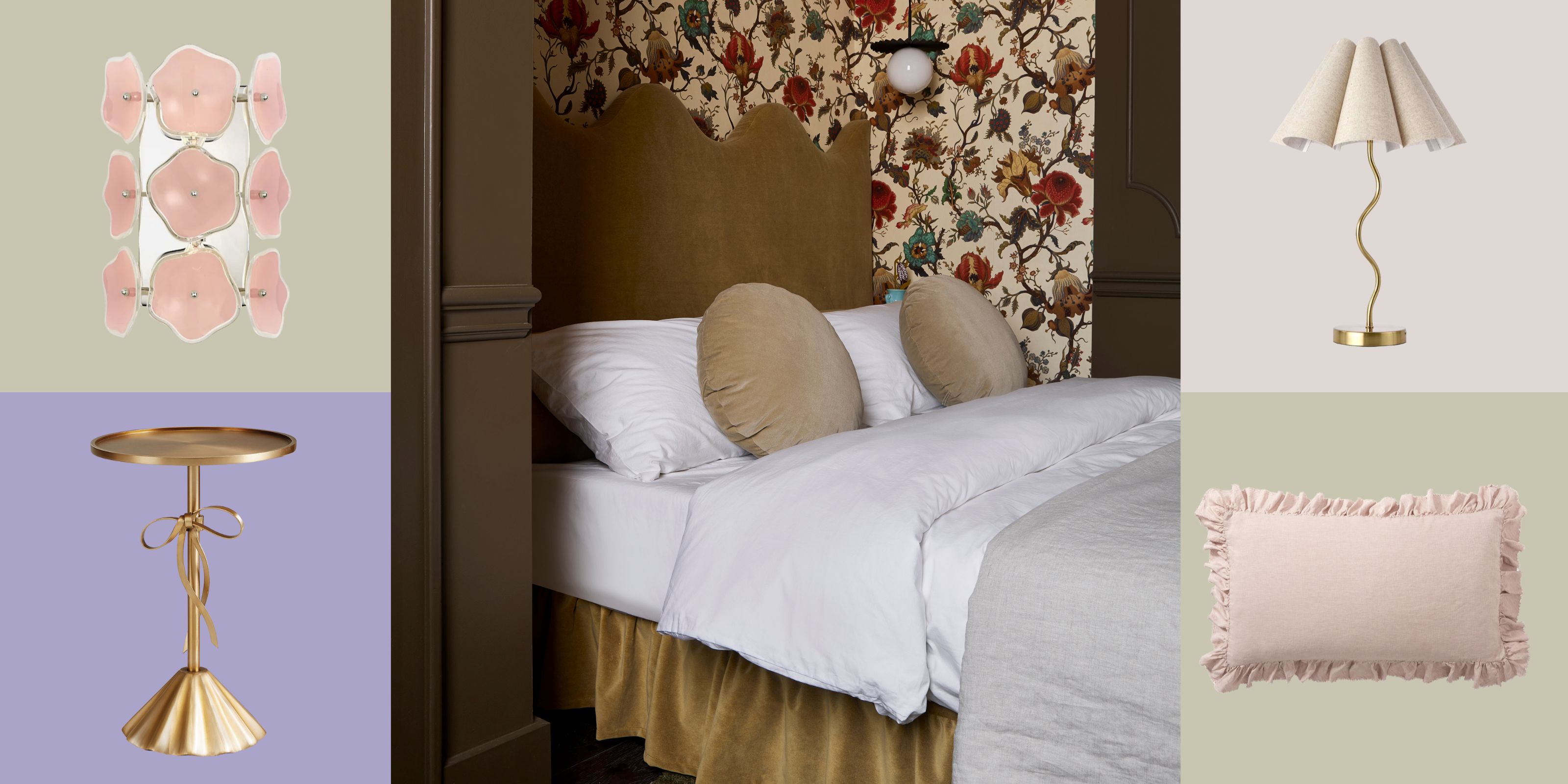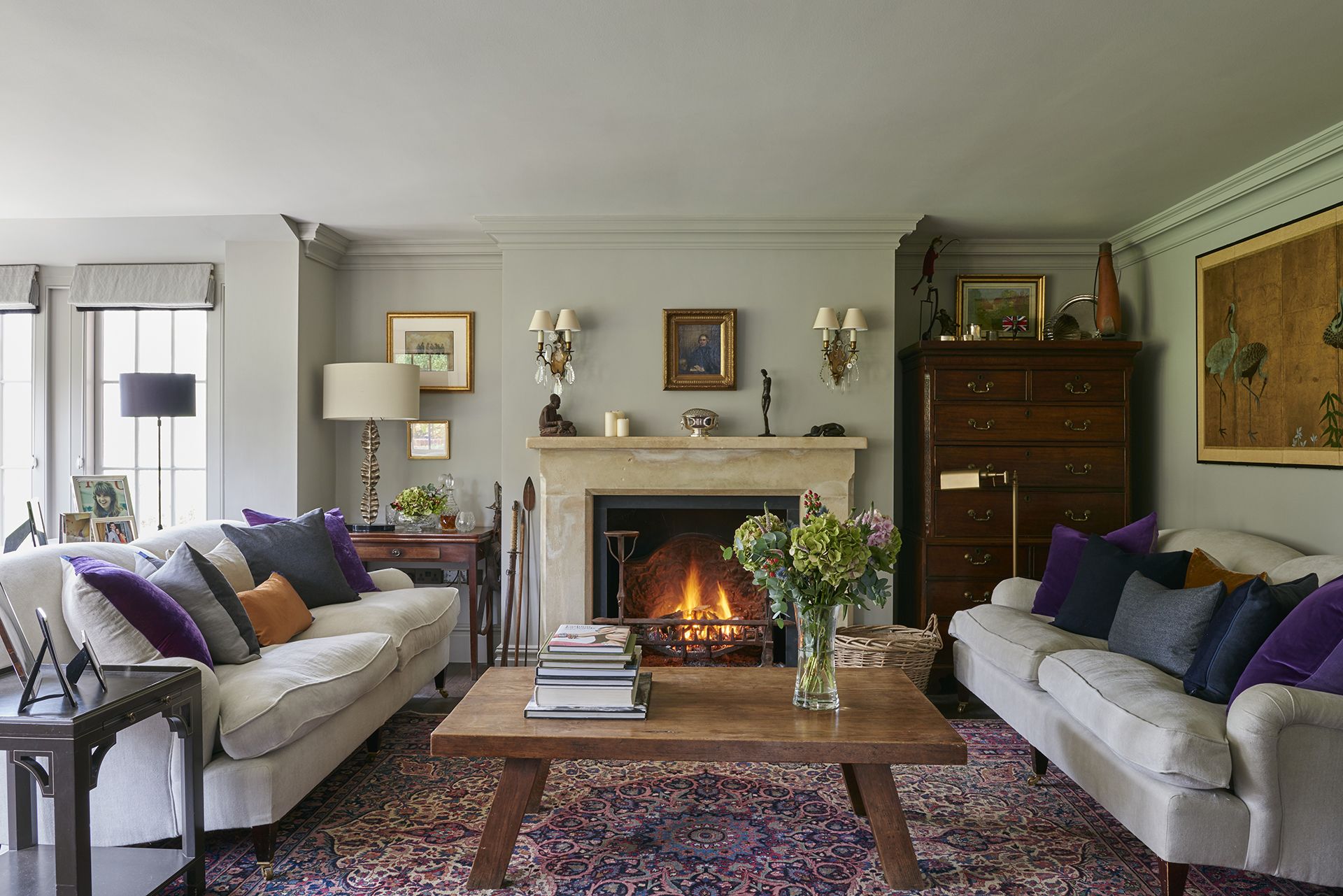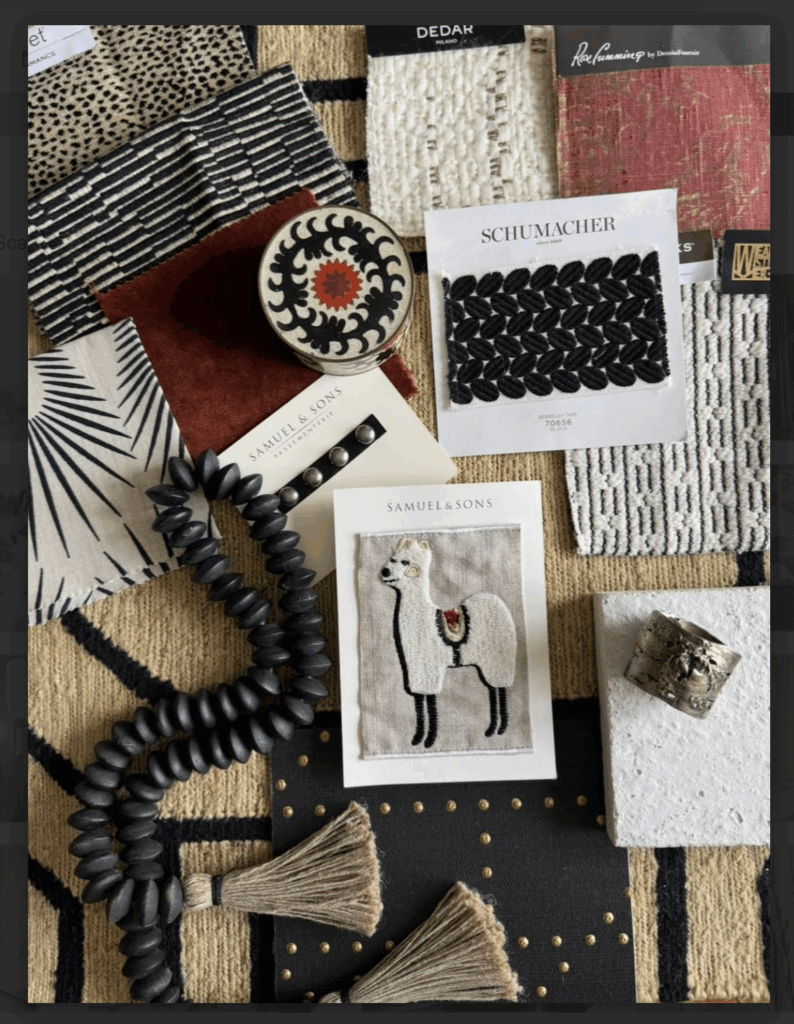We earn a commission for products purchased through some links in this article.
Japandi
 House Beautiful / Rachel Whiting
House Beautiful / Rachel Whiting
Born from a shared love of form and function, Japandi is the meeting point of Japanese and Scandinavian design — think of it as Japanese minimalism
‘Japandi is all about simplicity with substance. Less clutter, more texture. It’s a style that brings a quiet balance to the space, combining natural tones and thoughtful design,’ says Isabel Fernandez, director at Quorn Stone.
Pictured: Manhattan Sofa, Furniture And Choice
Biophilic
 DFS
DFS
Biophilic design is all about connecting us with the beauty and splendour of the natural world. Since the effects of climate change have become more apparent, interest in biophilic design has accelerated. From sustainable furniture to built-in water features to a cornucopia of houseplants, biophilic interiors reflect how designers are trying to incorporate nature into their homes.
Pictured: Carlisle 4 Seater Sofa, DFS
Advertisement – Continue Reading Below
Art Deco
 Divine Savages
Divine Savages
Inspired by the technological advancements that came from the Industrial Revolution, Art Deco blends the sleek, bold imagery of the machine age with the glamour and exuberance of the jazz age. ‘A hundred years on, Art Deco still captivates with its bold geometry, rich materials, and unapologetic glamour,’ Martin Waller, founder of global design house Andrew Martin, says.
Now it’s being reimagined as ‘New Deco’: a stripped-back, earth-toned take on the aesthetic.
Pictured: Deco Martini ‘Green Gold’ wallpaper, Divine Savages
Mid-Century Modern
 Courtesy Jonathan Adler
Courtesy Jonathan Adler
The term mid-century modern refers to a design aesthetic popularised in the mid-20th century. Characterised by a use of block colours, natural materials and clean lines, it was born out of a post-war desire for a more functional, less frills way of living. It marked a shift away from the opulence and ostentation of earlier Art Deco designs, instead favouring a sleek, straightforward finish.
Pictured: Home office Oeuf Travertine desk Rive Gauche dining chair, Jonathan Adler
Advertisement – Continue Reading Below
Industrial
 J. Adams & Co
J. Adams & Co
Industrial design was popularised in the late 20th century when designers decided to pay tribute to the aesthetics of warehouses and old factory buildings. Here, metal accents, raw materials, and cool neutral colour palettes are key characteristics of this rough-and-ready look.
Pictured: Supernova 2 Pendant in Bronze, J. Adams & Co
Bauhaus
 Bobbi Beck
Bobbi Beck
Prior to the emergence of mid-century modern designs, Bauhaus dominated. Known for its use of primary colours, geometric shapes and clean lines, it emerged in a period of cultural experimentation following the First World War. Here, designers favoured a functional, rational approach to interiors.
Pictured: Corner Bold Bauhaus Wallpaper, Bobbi Beck
Advertisement – Continue Reading Below
Coastal
 DFS
DFS
Inspired by the textures and colours of the sea, coastal styles give us relaxed, tranquil interiors. Expect to find a palette of oceanic blues and soft sandy yellows. Driftwood, seashells, soft linens and nautical-themed decor often feature within this style.
Pictured: Serenis Large Double Ended Chaise Sofa in Cream, DFS
California Coastal
 Rachel Whiting / House Beautiful
Rachel Whiting / House Beautiful
A more laid-back take on traditional coastal design, California coastal brings comfort, natural textures, and a relaxed sense of luxury to the forefront. Channelling a tailored yet casual energy, it embraces a palette of soft neutrals and earthy tones, paired with organic materials like wood, rattan, linen, leather, and jute. The overall effect is light, airy, and effortlessly stylish — spaces that feel warm, welcoming, and thoughtfully curated without ever being overdone.
Advertisement – Continue Reading Below
Shabby Chic
 Next Home
Next Home
Rachel Ashwell first popularised the term ‘Shabby Chic’ when she set up her store of the same name in 1989. In it, she sold antique furniture with a romantic edge. ‘The foundation of this aesthetic is its soft, calming colour palette. Think pastels like dusty rose, pale blue, soft lavender, and sage green, as well as earthy tones like ivory, off-white, and beige,’ Rachel Ashwell says.
Pictured: Shabby Chic by Rachel Ashwell® Reclaimed Pine Loretta Console Table, Next
70s Revival
 Hillarys
Hillarys
The 1970s saw designers embrace warm colours, earthy hues and bold, playful patterns. ‘From shag carpets and kitchen lino to avocado bathroom suites and glitterball glitz, few decades evoke so much nostalgia,’ Nicky Emlick, creative director at sofa.com tells us. Now, this relaxed aesthetic is being reimagined once more, only this time, designers are taking its warm palette – and avoiding its best-forgotten shag carpets.
Pictured: Chain of Fools Mono Curtains, Hillarys x Poodle & Blonde
Advertisement – Continue Reading Below
Traditional
 Juliettes Interiors Ltd
Juliettes Interiors Ltd
Though ‘traditional’ is a malleable and often overused term, in a design context, it refers to 18th and 19th century interiors. Taking its inspiration from the styles popularised in France and England at the time, it’s a rococo-adjacent aesthetic that values harmony and opulence. Picture luxe materials, soft colour palettes and plenty of tables with cabriole legs.
Pictured: Rococo Style Round Glass Coffee Table, Juliette Interiors Ltd
Transitional
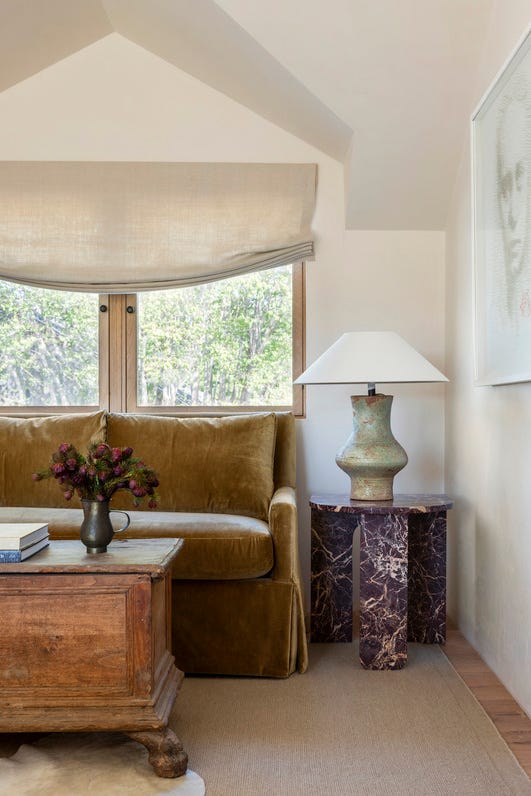 Julie Soefer
Julie Soefer
Transitional design is that lovely middle-space between modern and traditional interiors. Blending classical features with more contemporary furniture (or the other way around), it really is a ‘best of both worlds’ aesthetic.
‘Transitional design gives you room to play with contrast: pairing soft, organic materials with strong architectural forms, or setting a weathered, characterful finish against something crisp and modern,’ says Charlie Smallbone, founder of Ledbury Studio.
Designed by: Marie Flanigan / Photography: Julie Soefer
Advertisement – Continue Reading Below
Eclectic
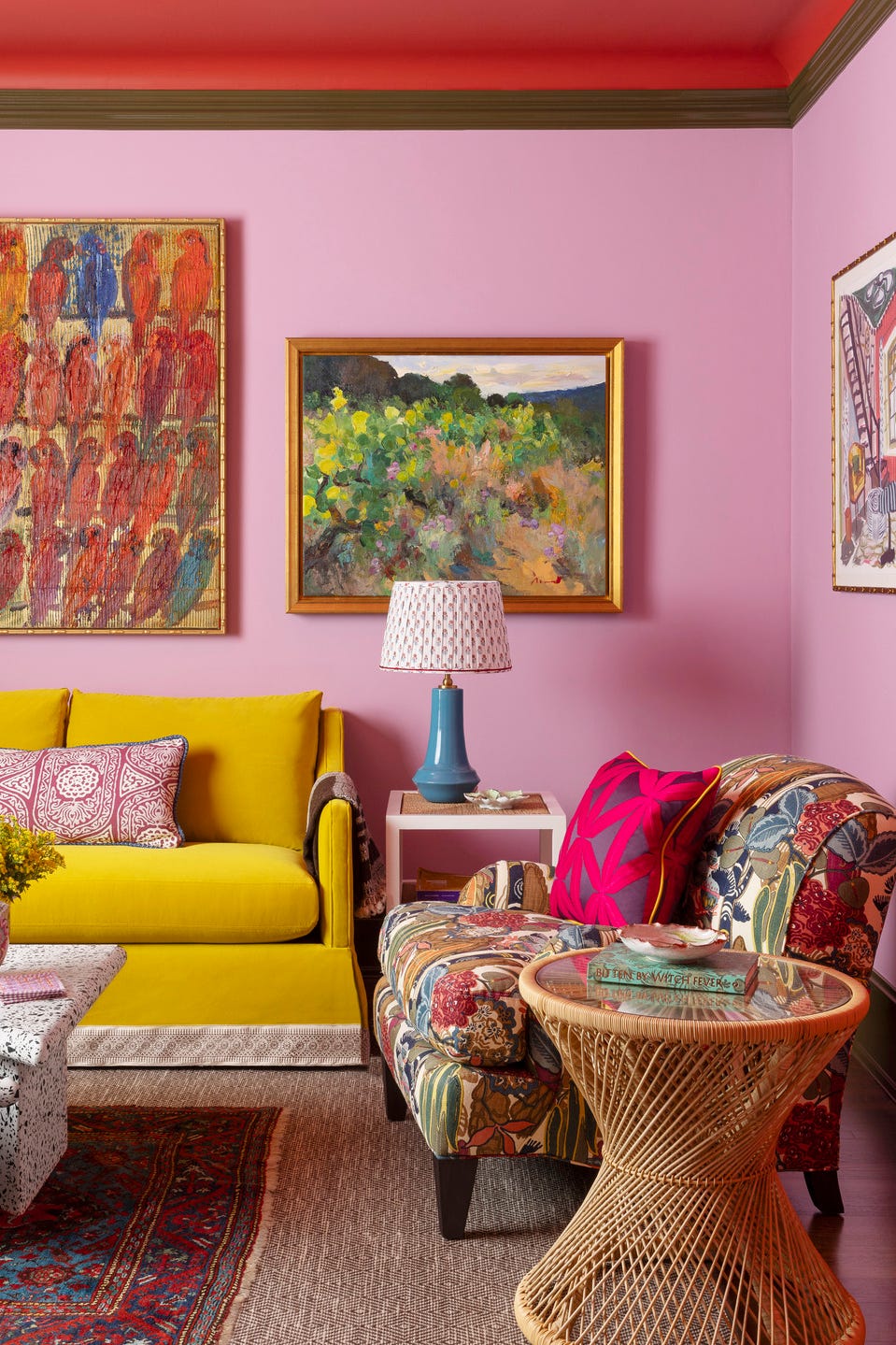 Kevin J. Miyazaki
Kevin J. Miyazaki
At its heart, eclecticism is for those who seek inspiration everywhere. ‘It’s about mixing elements from different periods, styles and influences to create a space that feels layered, personal and effortlessly lived-in,’ says Tori Young, associate director of interior design at HollandGreen.
Eclecticism is a style that celebrates bringing together different patterns and textures. It’s about embracing all the remarkable things that can come from unexpected pairings.
Photography by: Kevin Miyazaki
Scandinavian
 Nest.co.uk
Nest.co.uk
Scandinavian interiors are where functionality meet style, bringing warmth, simplicity and minimalism into our homes. ‘Scandi style favours natural materials, clean lines, muted tones and thoughtful details that elevate everyday living,’ Tori tells us. Think wishbone chairs, string shelving and soft neutral walls.
Pictured: Audo Copenhagen Knitting Chair, Nest
Advertisement – Continue Reading Below
Maximalism
 Brent Darby
Brent Darby
Maximalism truly is a ‘more is more’ approach to interior design. It’s about embracing patterns, colour and furniture that isn’t afraid to make a bold statement. ‘The maximalist spirit encourages you to break the rules of taste and logic. This is because it comes from the heart – it is a celebration of our love of things,’ interiors expert Sophie Robinson explains.
Farmhouse
 Searle & Taylor Kitchens / Paul Craig
Searle & Taylor Kitchens / Paul Craig
More refined than rustic styles and less whimsical than cottagecore, the farmhouse aesthetic is all about creating a look of country sophistication. Picture vintage furniture and exposed wood beams paired with slick storage and well-designed pantries. It’s rustic charm at its most immaculate.
Pictured: Searle & Taylor. Designer: Darren Taylor. Photographer: Paul Craig
Advertisement – Continue Reading Below
Rustic
 Nkuku
Nkuku
Rustic design presents us with a less polished version of the farmhouse style. Here, rough textures, natural materials and earthy colour palettes are embraced. Rustic design also places an emphasis on handmade or artisanal items, celebrating the craftsmanship that goes into different pieces.
Pictured: Vinay Woven Counter Stool, Junto Linen Napkins, Nyati Wooden Serving Bowl, Juniper Drop Ceramic Stand, Juniper Drop Teapot, all Nkuku
Boho
 DFS
DFS
Eclectic and individualistic, the bohemian look has no strict rules — though you’ll often find it brought to life with layered textiles, rattan furniture, and an abundance of plants. It’s a style that has an ‘effortless blend of earthy textures, vibrant colours, and relaxed elegance,’ interior designer Samatha Marlow says.
Pictured: French Connection Zinc Boucle Sofa Bed in Blush, £1,799, available exclusively at DFS
Advertisement – Continue Reading Below
Mediterranean
 Courtesy of Ruggable
Courtesy of Ruggable
Inspired by the Mediterranean cultures found in France, Italy and Greece, this sun-drenched style offers a relaxed but chic take on interiors. In some looks, handpainted ceramics, lemon motifs and whitewashed walls feature. In others, cooler tones take a backseat as burnt oranges and terracotta hues dominate.
Pictured: Cyrus Ocean and Ivory, Ruggable
Modern Folk
 Lime Lace
Lime Lace
Inspired by the whimsy of classic folk tales, this aesthetic brings the magic of storytelling into your home. To create the look, designers tend to opt for pattern-rich textures and characterful furniture. Eclectic set-ups full of heritage pieces can also add to the look. The aim is to create a room that’s narrative-rich and full of memories from a bygone era.
Pictured: Anatolia Chaise – Susie Q, Lime Lace

Kate McGregor is the former Digital Editor at House Beautiful, where she wrote countless stories on home renovation costs, design inspiration, and plant care. After years of experience writing commerce and search-optimized content for brands like Domino, Real Simple, and Architectural Digest’s Clever, Kate developed a passion for uncovering the personal stories that often inspire people’s spaces. She previously worked as the Assistant Market Editor at ELLE Decor where she identified top products and brands in the industry and interviewed emerging designers on their thoughts on the latest interior design trends. Kate holds a bachelor’s degree from Belmont University. When not researching the specificities of begonia plant care, you can find Kate scouring vintage markets for the ideal wrought-iron chair, knitting yet another cardigan, or reading historical nonfiction.
Advertisement – Continue Reading Below
Advertisement – Continue Reading Below
Advertisement – Continue Reading Below


